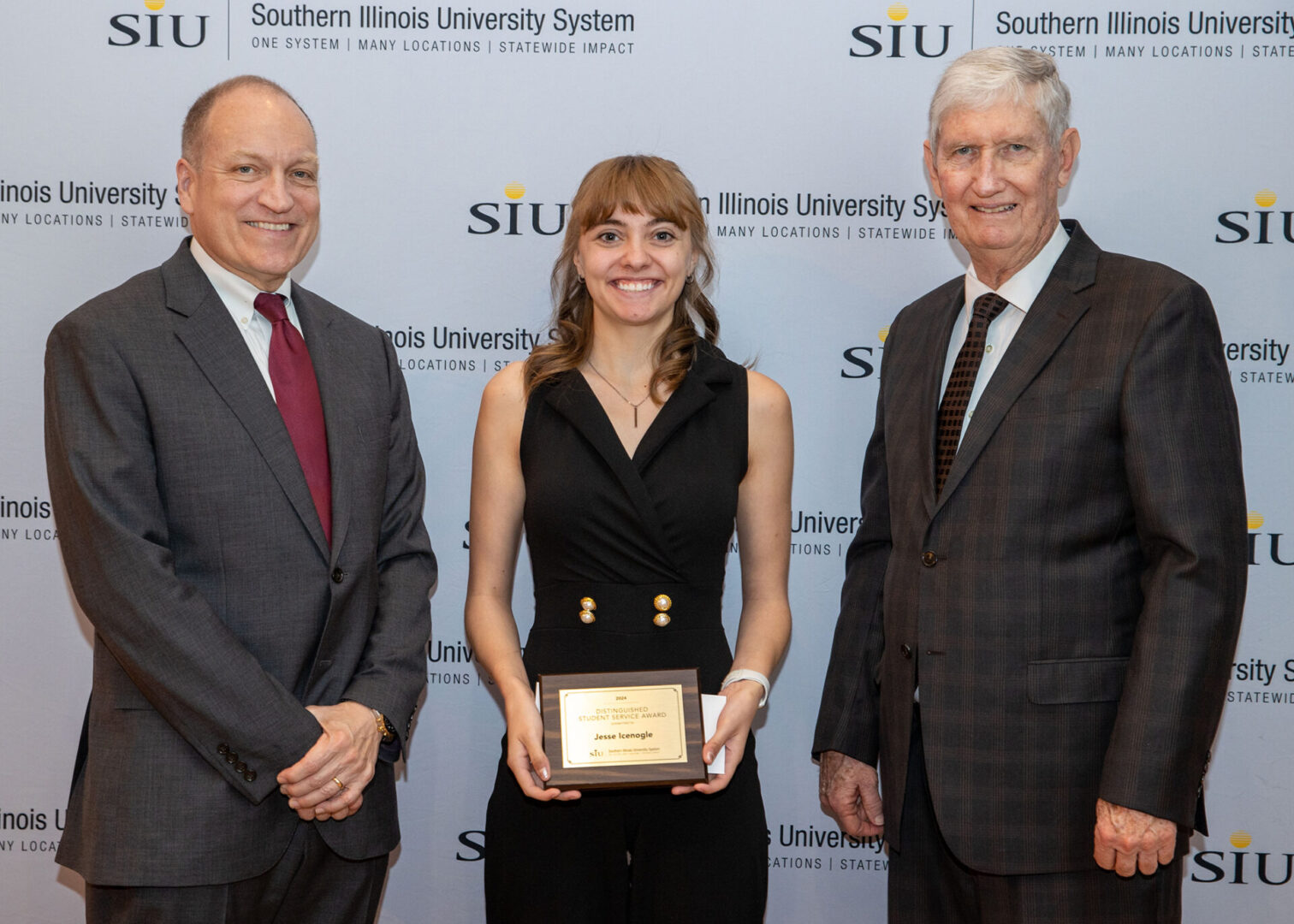Gone with the Wind: Death and Destruction in Ellison
Near the western edge of Warren County, between Smithshire and Roseville, lies a quiet rural cemetery. Visitors have long been few, except on some Memorial Days, when members of Monmouth American Legion Post №136 would fire a salute to their post’s namesake, Marion Brent Fletcher — the first Warren County soldier killed in World War I. Fletcher was the great-grandson of Kenner Brent, who deeded the land for the cemetery in 1855, and the Brents are one of only a handful of families represented in six-acre burying ground.
The placid tranquility of the place belies the horrifying violence of an event that occurred there just three years after the cemetery was laid out — leveling its monuments and sending more than a dozen residents of the adjacent village of Ellison to their final resting place within its grounds.
Platted in 1836, Ellison was one of the earliest settlements in Warren County. By 1858, it boasted a population of 200, with a post office, church, grocery, dry goods store, blacksmith, wagon repair shops, tavern and 28 houses — lining both sides of a Main Street that ran east and west. Just beyond the cemetery to the west was a grove of walnut and oak trees — the only timber between the settlement and Monmouth — 12 miles to the northeast. It was said the trees were so tall they could be seen from Monmouth on a clear day. On Sunday, May 30, 1858, many of them would be stripped bare, twisted and uprooted.
It had been a very wet and stormy spring, with nearby Ellison and South Henderson creeks spilling their banks. Just two weeks earlier, Galesburg had been devastated by a tornado. May 30 was exceptionally warm and humid. About 5 p.m. at Pontoosuc landing south of Dallas City, a small funnel cloud materialized and began moving eastward, gradually gaining in size and strength.
Nine miles west of Ellison, the twister demolished the house of Franklin Foote and killed his wife. It next struck the house of David Thompson, where a Miss Rumsey was taken up by the storm and deposited into a slough a mile away. Also leveled were the houses of Alexander Rankin, John Gowdy, Joseph Field and another Mr. Thompson, whose skull was crushed. Nearby, a traveler with no identifying papers was mortally wounded, as was a man whose head was nearly cut off.
Two men out hunting in the neighborhood were returning to avoid the storm when they saw a woman just in front of them lifted up by the funnel cloud and taken out of sight.
Five miles west of Ellison, William Thompson and his family took refuge in a storm cave. Curiosity caused Mr. Thompson to poke his head out the door, whereupon it was struck by a flying rail and his headless body was deposited back into the cave at the feet of his wife and children.
The storm then traveled over Johnson’s stone quarry near the Henderson-Warren county line, where it demolished the house of Hiram Johnson. He was found in a slough 20 rods west of the house with his skull smashed and nearly stripped of his clothing, except for a single boot. Mrs. Johnson was found sitting in the water of a slough with her thigh and arm broken. With her other arm she was supporting the body of her dead child, which she had caught floating down the slough. Her clothing was nearly all torn off, along with her ring and earrings.
The nearby house of Johnson’s brother-in-law, Willard Hurd, was blown down and his wife was instantly killed. A 14-year-old son was found dying nearby, while a 10-year-old son found in Hurd’s arms would die two hours later. Hurd himself suffered a horrible gash in his side, from which his lungs were protruding and the pulse of his heart could be seen. Doctors would declare he couldn’t be saved, so nothing was done about the wound until Tuesday, when Dr. Webster from Monmouth dressed the wound and took him to his own home.
The Hurd family had recently emigrated from Vermont and had several hundred dollars in gold and silver in a trunk, no trace of which could be found.
The funnel advanced north to the Ellison timber, then exited the timber directly east into the village of Ellison, where in the course of two minutes only two buildings were left standing. Locust trees were completely stripped of their bark with not a leaf or twig left on them. A house on the north side of the street was moved to the south side. Directly opposite was a large tavern, which was thrown upon the north side of the street. The schoolhouse was taken 30 feet into the air sailed off to the east. Dead horses, cattle and hogs lay everywhere. In the street were dead chickens, stripped of their feathers. Some of the wounded residents had been lifted 100 feet into the air and dropped back to earth. Beds were hanging in trees.
Mary McWilliams was killed instantly and her body horribly mangled. Mary Brazelton was lifted into the air, carried 75 yards, and when found her body had burst open, with her heart and vitals lying by her side, along with the body of her 10-year-old son. Sixteen-year-old Lovina Lacy, visiting from Henderson County, was carried 600 yards. Her body was found with neck broken and one arm driven into the ground nearly to her shoulder. Marvin Wentworth had his skull smashed in. Elizabeth Thompson had her left arm and thigh broken. When found she was still alive, cradling her child in her right arm, its skull cut down to the ears. Sarah Sherwood, busy attending to the wounded, did not realize that a stick of wood had run clear through her thigh. The town had two doctors, but both were too severely injured to treat the wounded.
Because the bridges were gone and the roads impassable, men followed the creeks and called across them to get word of the tragedy to the outside world. Rescue teams from Monmouth, Raritan and Roseville came on horseback and swam their horses across swollen streams to reach the devastated community, the first arriving at 4 a.m.
The dead and more than 70 wounded were taken to surrounding farmhouses unaffected by the storm. Relief supplies and coffins were brought in from Monmouth. (The remains of one woman were said to have been shoveled into a coffin.) Willard Hurd, who had been taken to Dr. Webster’s home in Monmouth with his side split open, managed to live through much of the summer, but finally died Aug. 7.
Despite losses estimated at $20,000, the village of Ellison made a valiant attempt at a comeback. While much of the business was transferred to Roseville, the Methodist church was rebuilt in 1860. Dr. A.B. Yoho rebuilt his home on the original foundation. By the 1880s, there was still a general store, a school, a post office, a harness and saddlery business, a blacksmith shop, two wagon shops and a new tile factory.
But construction in 1888 of the AT&SF Railway and with it the railroad town of Smithshire two miles away would provide the final blow to Ellison. The one house spared by the tornado succumbed to fire in 1917, and the school and church eventually closed, leaving Ellison Cemetery the only remaining witness to the devastation of 160 years ago. Ironically, when the American Legion pays tribute there on Memorial Day, the date sometimes coincides with the anniversary of the tornado.
For Maple City Memories, I’m Jeff Rankin.














